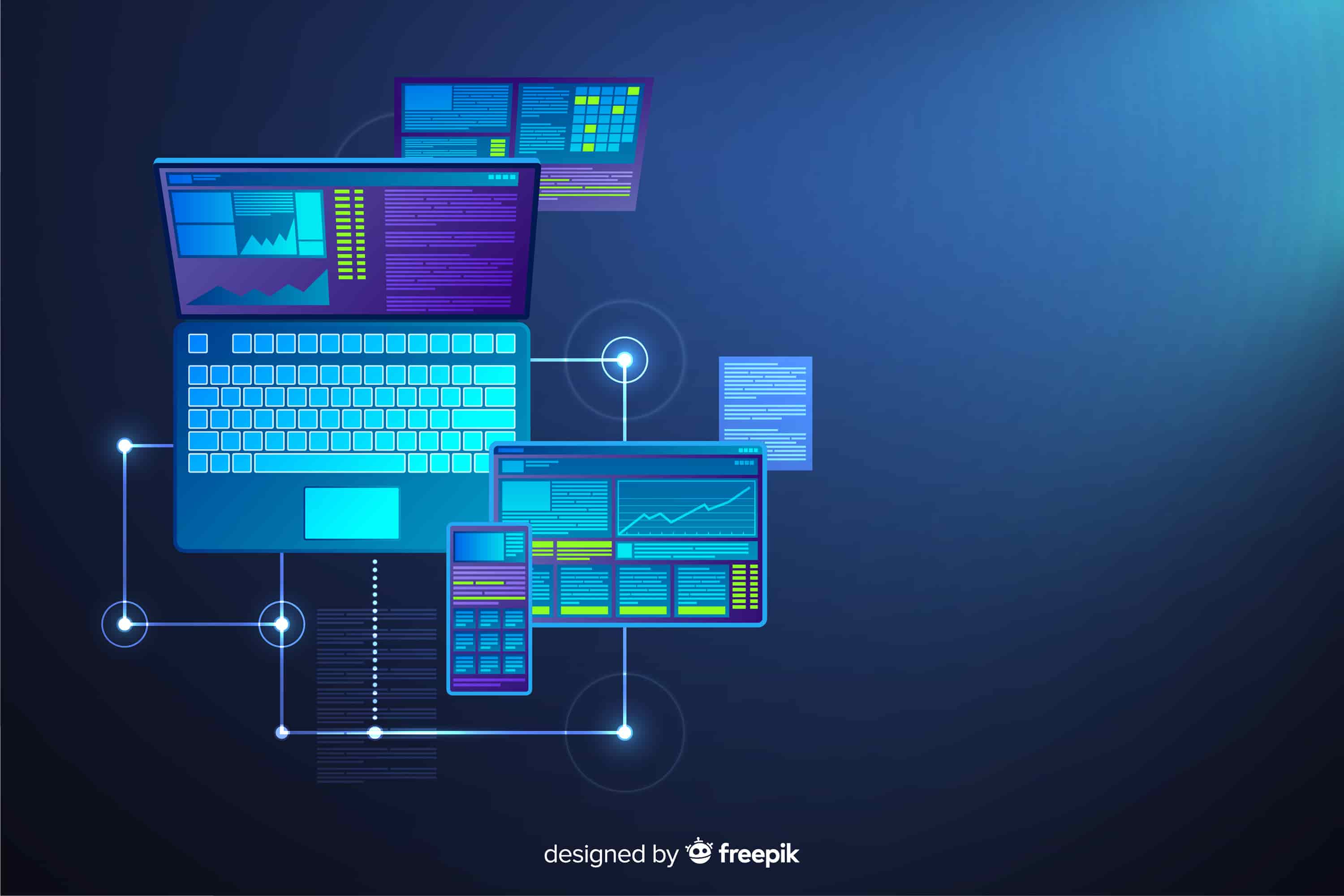What Is the Power Apps Portal?

Ayavin Solutions
November 1, 2022What Is the Power Apps Portal?
PowerApps Portals allow organizations to create websites that can be shared with users outside of their organization anonymously or through their preferred login provider, such as LinkedIn, Microsoft Account, or other commercial login providers. Using the PowerApps portal, users can create and customize their interface, interactions, and content. It works with Microsoft products like Office 365, Azure, SharePoint, Power Automate, and PowerBI, as well as tools from Adobe, Amazon, Dropbox, Google, Salesforce, and Zendesk.
Businesses can quickly create custom forms and workflows. They can even repurpose the design templates to create a visually appealing interface that is consistent with their brand. Custom component development, improved lifecycle management, streamlined workflows, diverse development capabilities, increased security, scalable framework, and agility to develop apps and respond to customer needs are just a few of the benefits of PowerApps.
PowerApps is a set of apps, services, and data connectors that allow businesses to design and build custom apps using drag and drop. This app suite also allows businesses to create external-facing websites, such as portals, where external users can sign in with their identities and access the resources they require.
What are the constraints on the PowerApps Portal?
PowerApps, despite their immense power, have some limitations that organizations should be aware of.
1. The platform is excessively complex-
The main benefit of using a PowerApps portal is that it is a low-code platform. Companies believe they can create their own apps without the help of developers. Understanding PowerApps in Canvas, Model-driven, Power Automate, DataVerse, AI Builder, and Power BI solely through documentation and videos can be overwhelming, even for developers.
2. Complicated and obligatory licensing-
PowerApps has a number of complex licensing models that restrict certain integrations to higher tiers. Furthermore, the licensing is restricted to the Microsoft environment, which means that forms can only be used within the domain that has been licensed. Only users with active directories and PowerApps licenses can share content with their colleagues.
3. Limited Support for Multiple Devices and Screen Orientation-
PowerApps offers mobile responsiveness at a price. Businesses must create multiple versions of their applications, which means that if you're building a mobile and tablet portal, you'll need two - one for each device.
4. The most important consideration is cost-
PowerApps is almost entirely free to use. It's a myth. The initial plan costs $5 per month for one user or $60 per year for all users. Although this appears to be a reasonable price, organizations with thousands of users who require app access will need to reconsider. Furthermore, the price increases in direct proportion to the number of logins and page views. The portal has a different pricing structure than apps for authenticated external users.
5. Capability for Item and Throughput-
PowerApps can only access 2000 items from connected data sources like SharePoint, SQL, or Oracle. They only allow 1000 connector requests per 24 hours, and throughput varies depending on the request. The threshold will be exceeded if you attempt to read or write hundreds of items from SharePoint or other data sources, resulting in failures.
6. Attachment Provision-
Microsoft limits the PowerApps attachment control to SharePoint or DataVerse, so the target document source can only be OneDrive or SQL. Additionally, the maximum upload size is 50 MB.
7. No shared functions or code exist-
Only one user can use the Canvas app for development at any given time. JavaScript is also only supported at the page level. Because the app lacks support code, users are unable to design forms or create custom fields based on the workflow. Users can only use the predefined blocks to customize the workflow at the field level.
Only in the business context is the PowerApps portal available. It is only for internal purposes. You can make and share content with users outside your organization. There are, however, licensing, technical, and data access restrictions.
8. Limited Code and Design Management and Tracking Capabilities-
There are no modifications based on your company's specifications. To integrate a feature or implement a workflow, you must work around the built-in elements and features.
